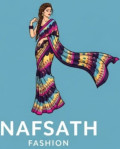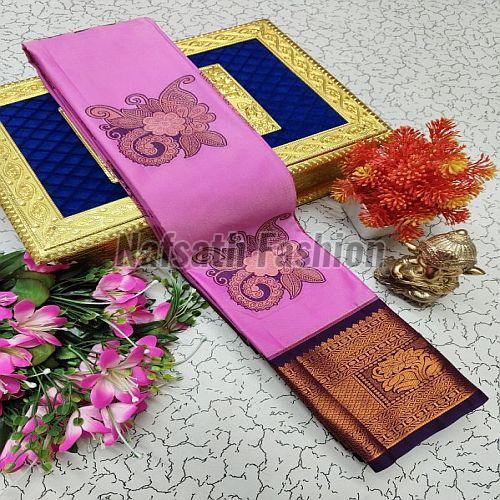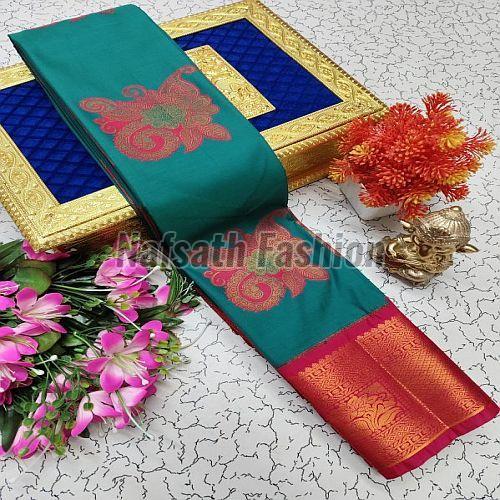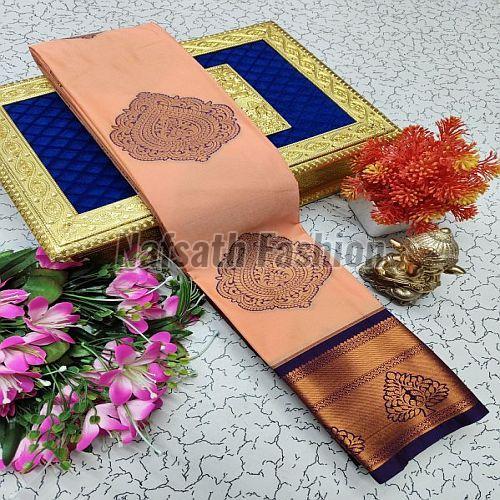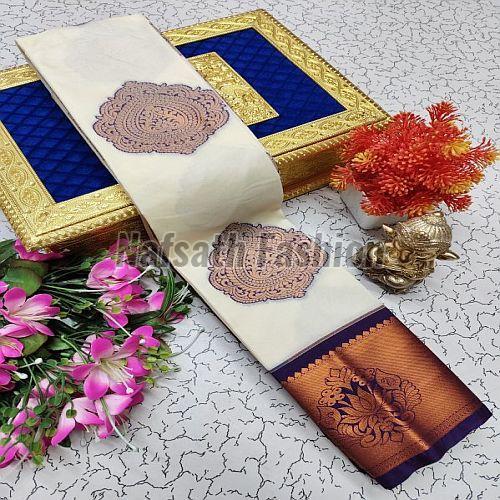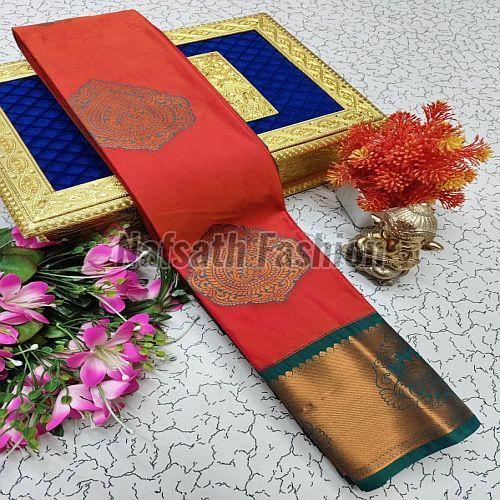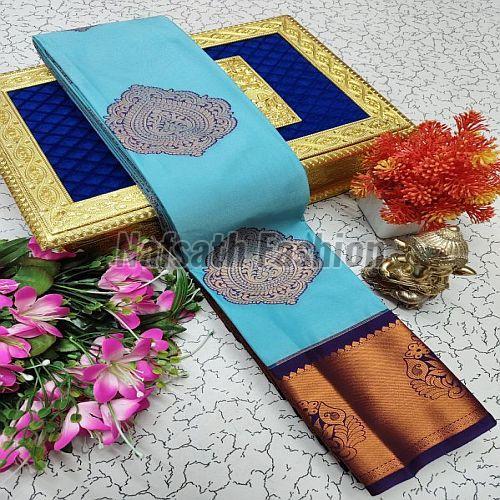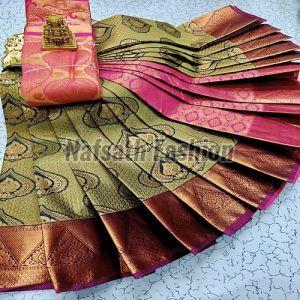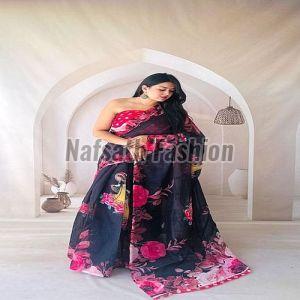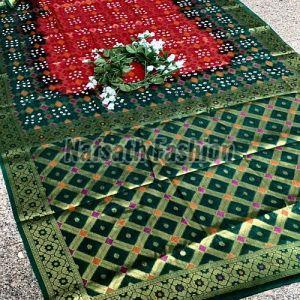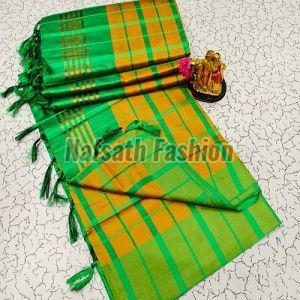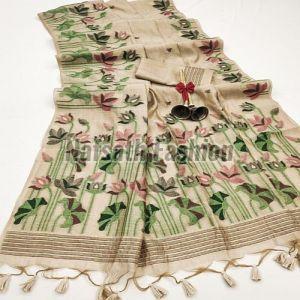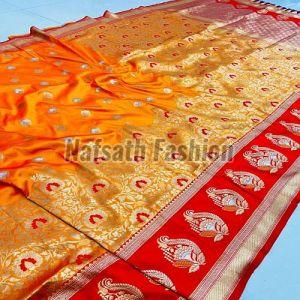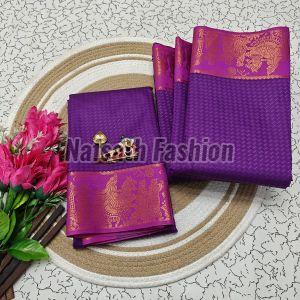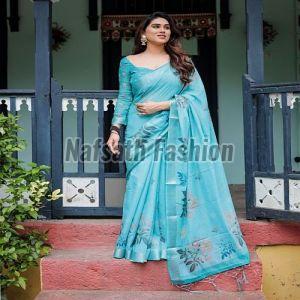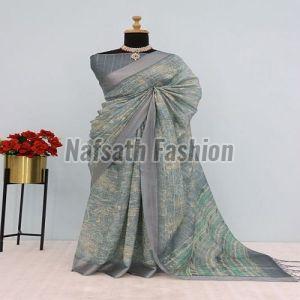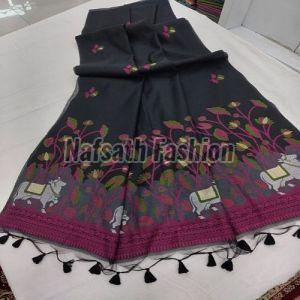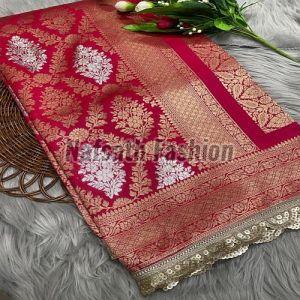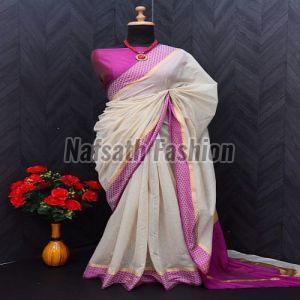GST NO. : 33BGNPN4798L1ZJ
| Business Type | Exporter, Supplier, Retailer, Trader |
| Color | Available in Different Color |
| Fabric | Silk |
| Wash Care | Machine Wash |
| Click to view more | |
Product Details
Feature
Shrink-Resistant
Pattern
Printed
Saree Length
6 M (with Blouse Piece)
Work
Zari Work
Set Content
With Blouse
Blouse Fabric
Silk
The Korvai saree is a type of traditional Indian silk saree, primarily associated with Kanchipuram in Tamil Nadu. The term "Korvai" in Tamil refers to the "interlocking" or "in sync" technique that is the hallmark of these sarees.
Here's a breakdown of what makes Korvai sarees special:
Key Features of Korvai Sarees:
- Contrast Borders: The most distinctive feature is the contrasting color of the border and the body of the saree. This vibrant interplay of colors is a key aesthetic element.
- Interlocking Weave: The border and the body are woven separately and then joined together using an intricate interlocking technique at the weft level. This requires great skill and precision from the weavers.
- Two Weavers: Typically, weaving a Korvai saree involves two weavers working in tandem on the loom. One weaver focuses on the body, while the other weaves the border and pallu (the decorative end piece).
- Three Shuttles: A three-shuttle loom is used for this process, which allows for the separate weaving and subsequent interlocking.
- Embossed Texture: The area where the border and body meet often has a slightly raised or embossed texture due to the interlocking of the threads.
- Intricate Designs: The borders and pallus often feature traditional motifs inspired by temples (like the Gopuram or temple tower design), nature (animals, flowers), and geometric patterns. The "Rekku Korvai" features more prominent, spired temple motifs resembling the "Thazhampoo" (screw pine) flower.
- Seamless Join: A well-executed Korvai technique results in a strong and seamless join between the border and the body, ensuring that even if the saree tears, the border will not detach.
Looking for "Kubera Korvai Bridal Silk Saree" ?
Piece
